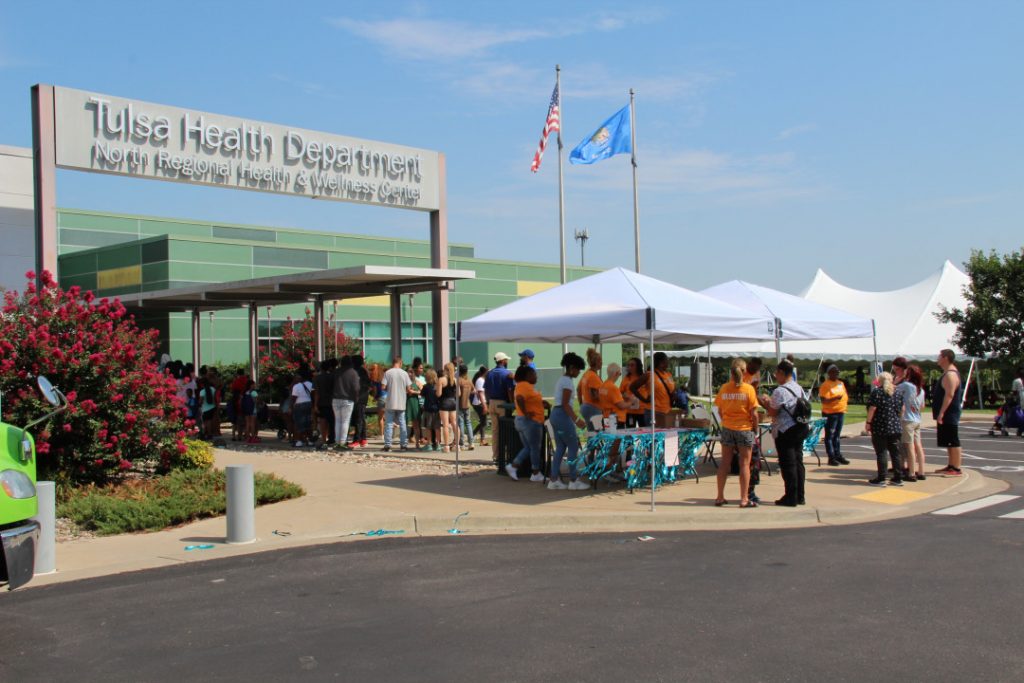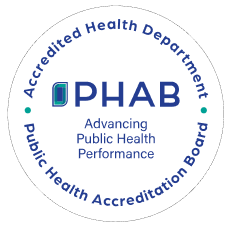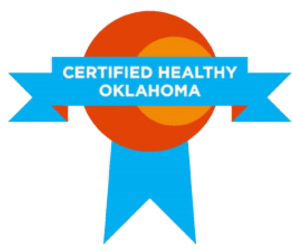The Tulsa Health Department’s strategic plan is a valuable tool for improving the health of Tulsa County and ensuring that resources are used effectively and efficiently.
The Tulsa Health Department (THD) is responsible for protecting and promoting the health of more than 670,000 residents in Tulsa County. Strategic planning requires critical thinking, adaptability, and a long-range vision. The THD strategic plan will serve as a guide for the department’s goals.
The plan not only focuses on the public health department’s core activities but also on offering enhanced services to improve the health of Tulsa County residents. The plan is informed first by the Community Health Needs Assessment and then the Community Health Improvement Plan (CHIP). The CHIP gathered stakeholder input to identify the top three health priority areas.
For 2023-2028, the CHIP strategic priority areas are:
The strategic planning process is guided by the Public Health Accreditation Board Standard and Measures and the National Association of County and City Health Officials guide. The 2023-2028 plan will be uploaded once complete.
THD is currently in the development process of its 2023-2028 Strategic Plan. Nine Community Listening Sessions will be hosted around Tulsa County. Attend the session that suits you best and share your insights to shape the Tulsa Health Department’s upcoming Strategic Plan. Registration is required to participate.
Events are not affiliated in any way with the Tulsa City-County Library. The Library neither sponsors nor endorses this event, the speaker(s) or the organization.
We have 10 locations across Tulsa County that offer a variety of services to help you and your family stay healthy.







